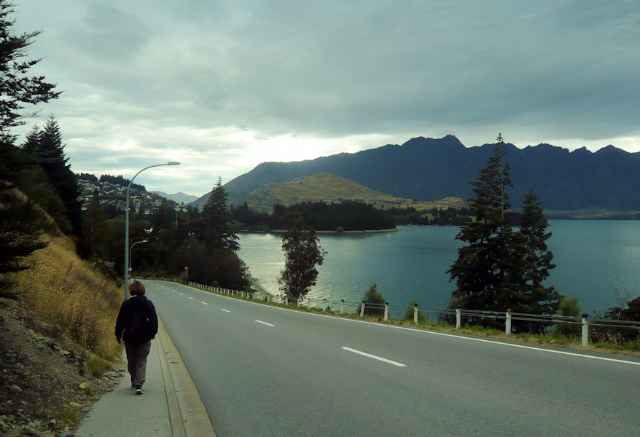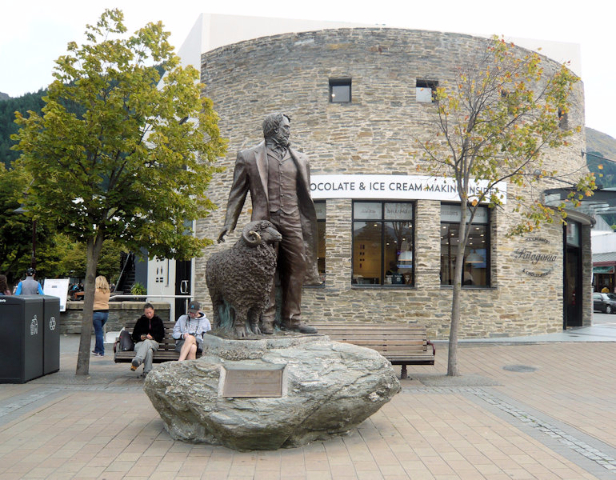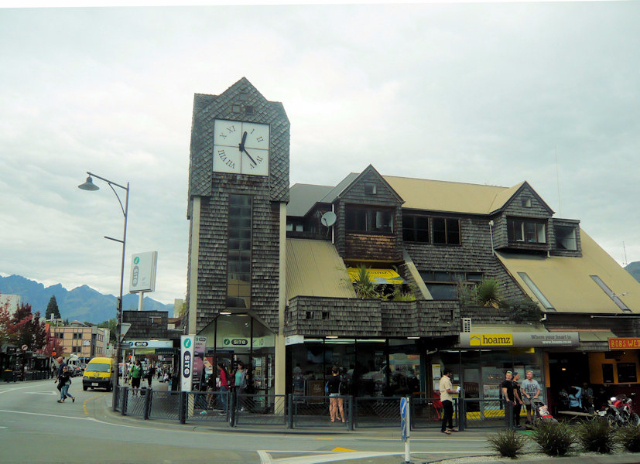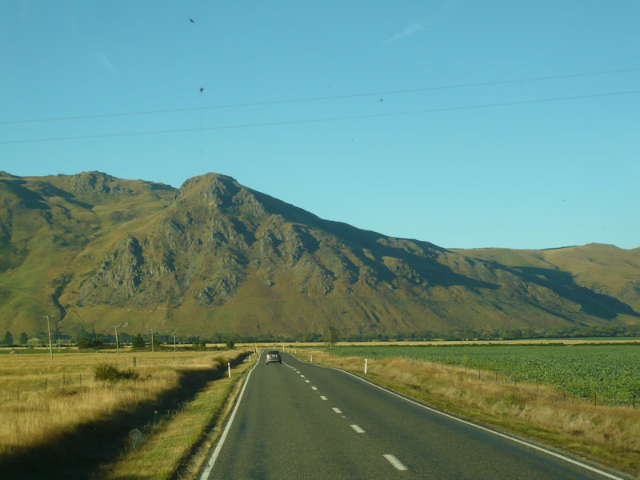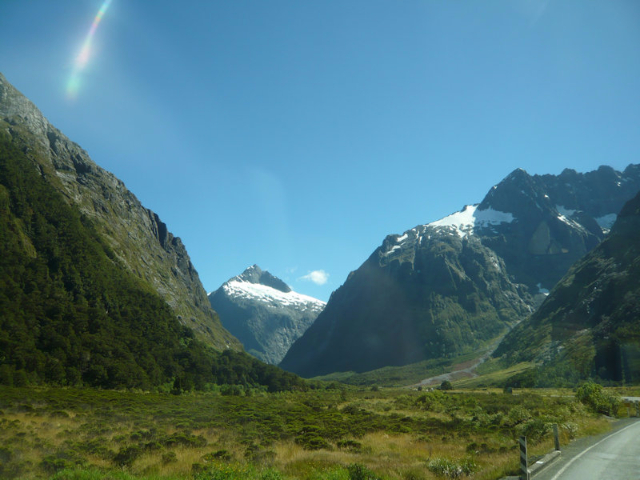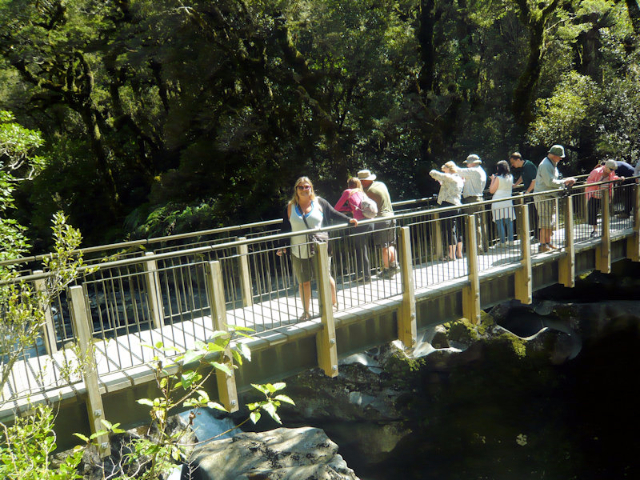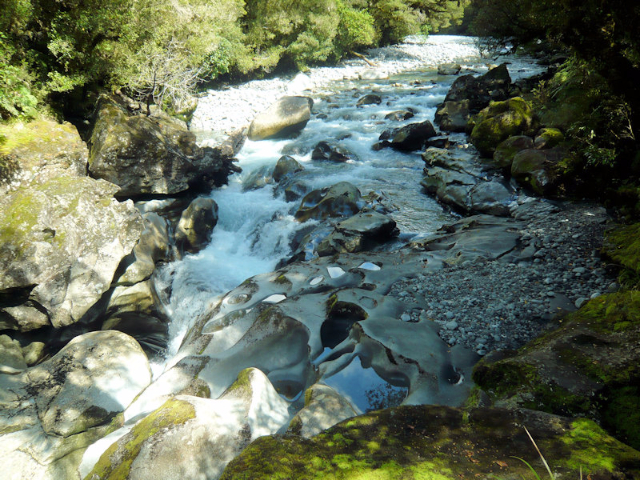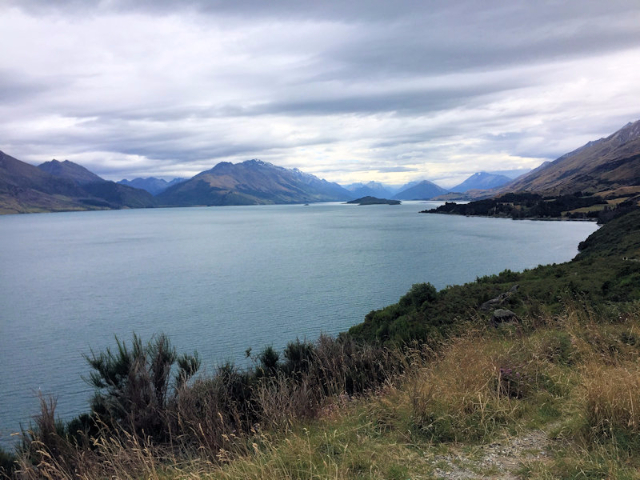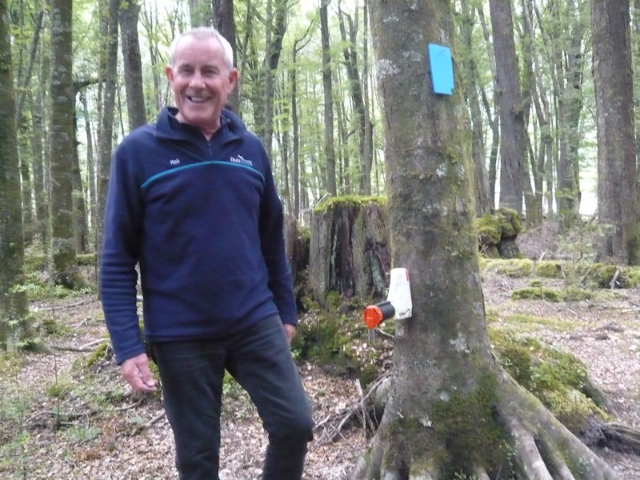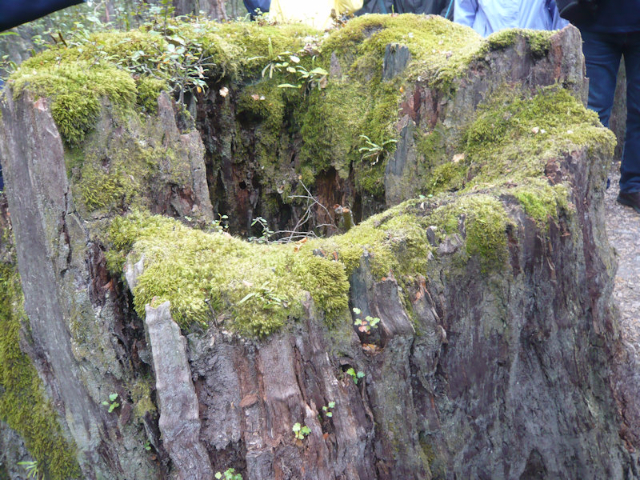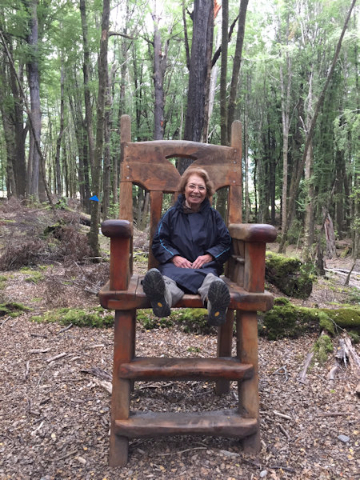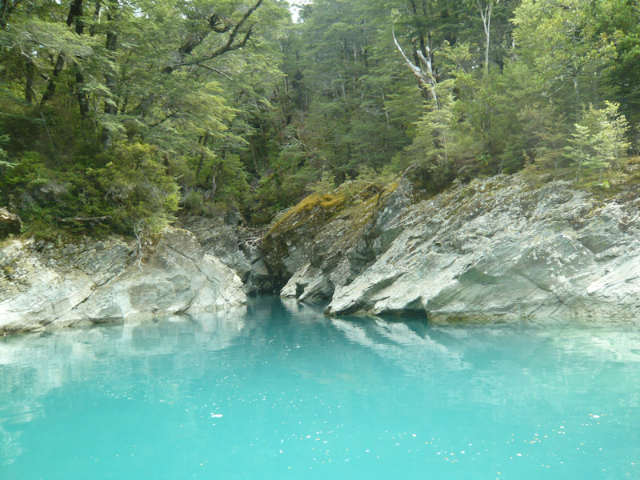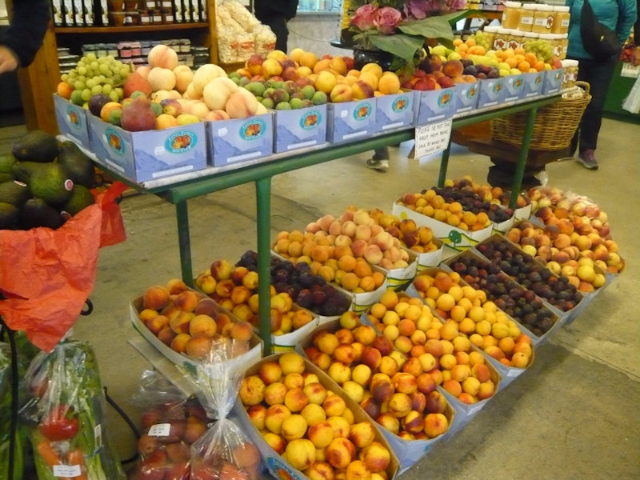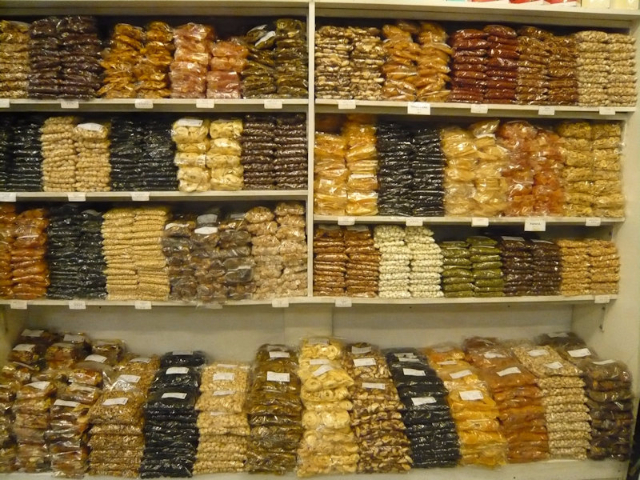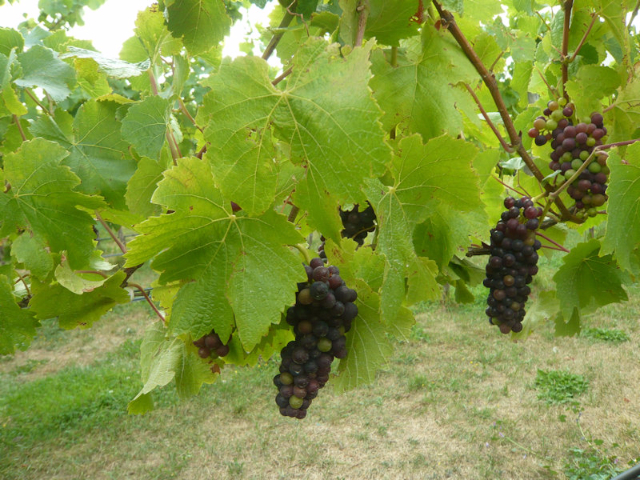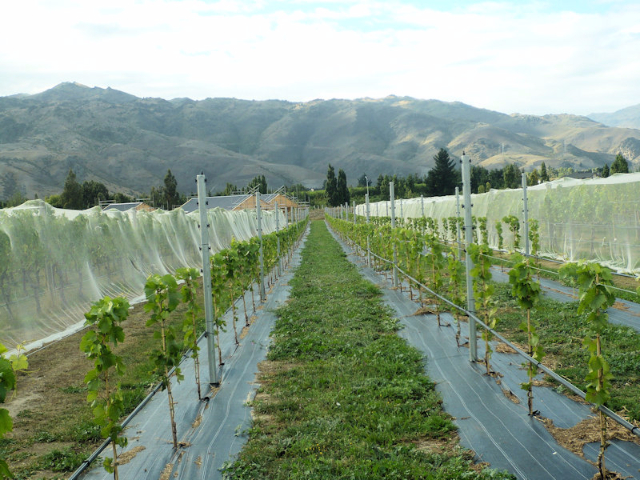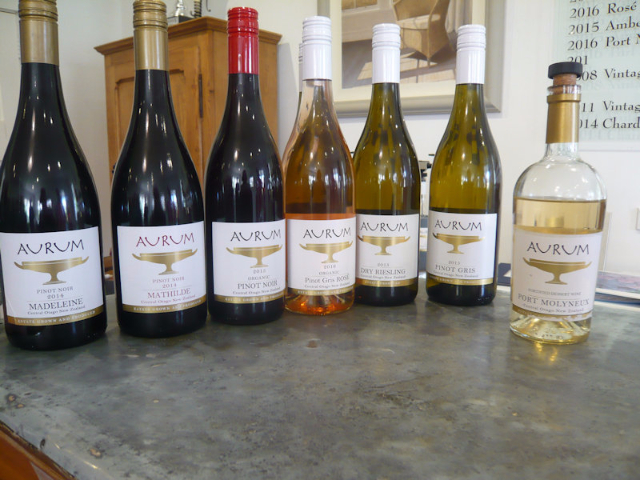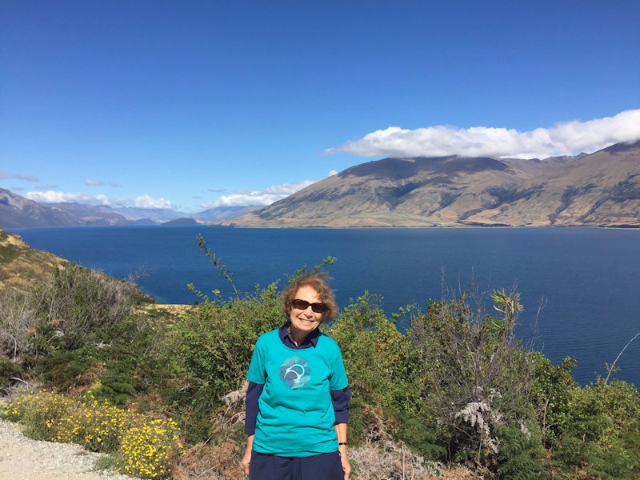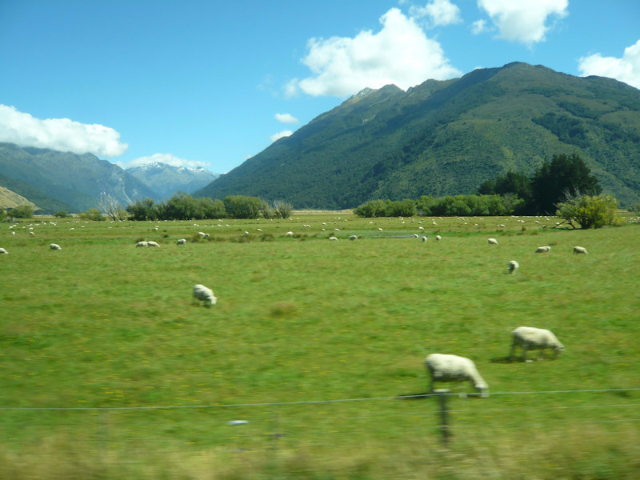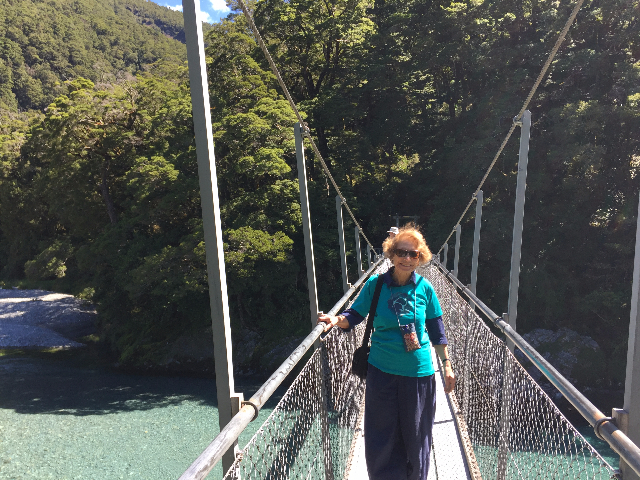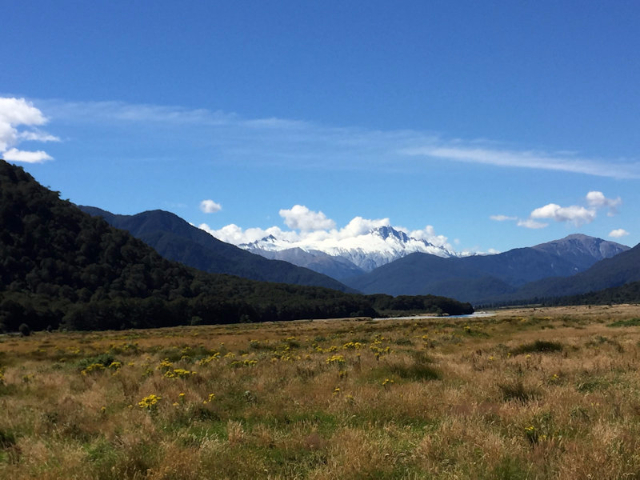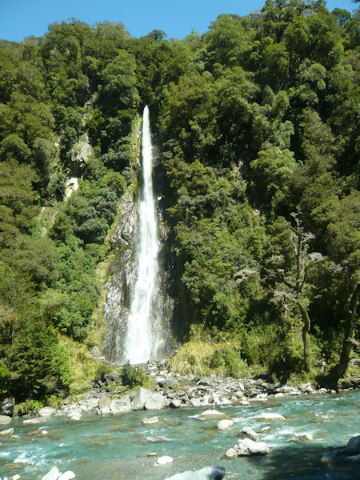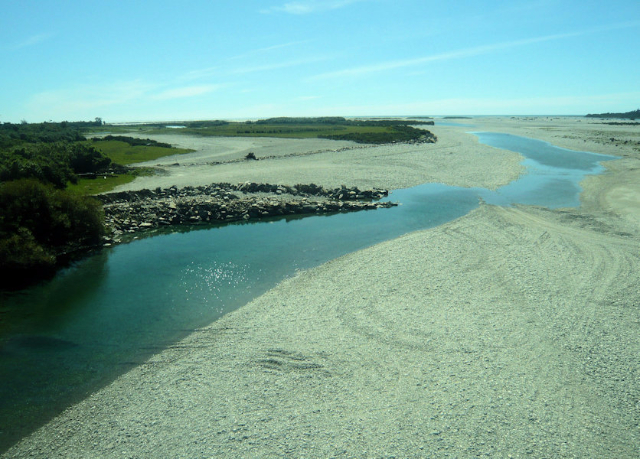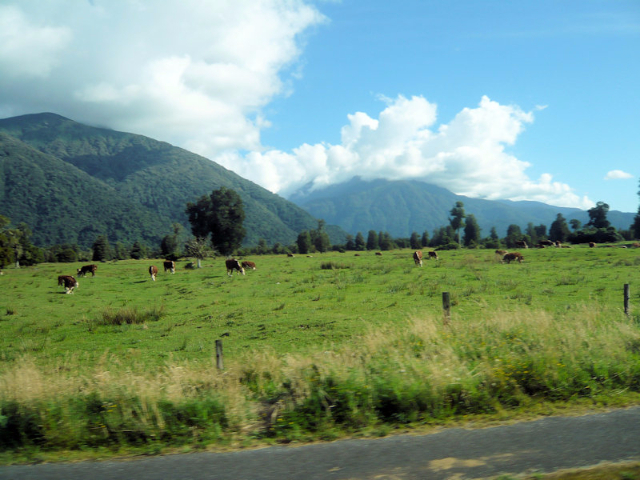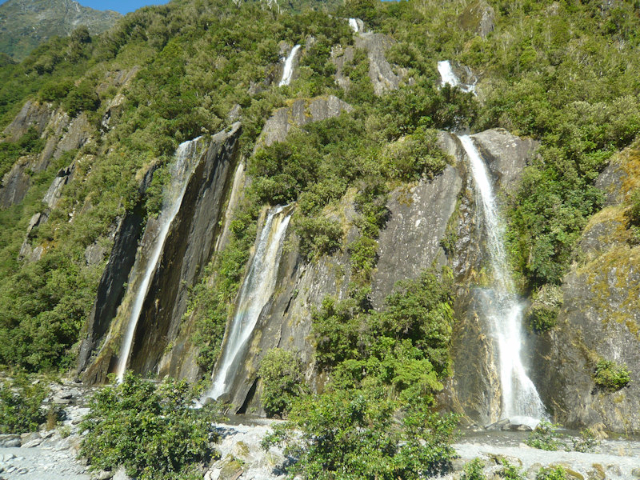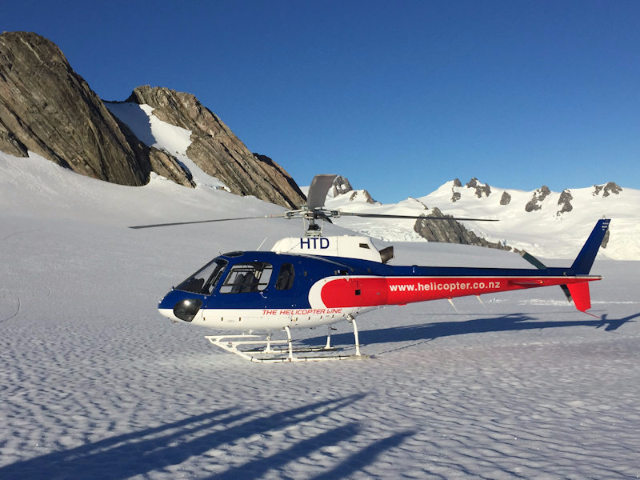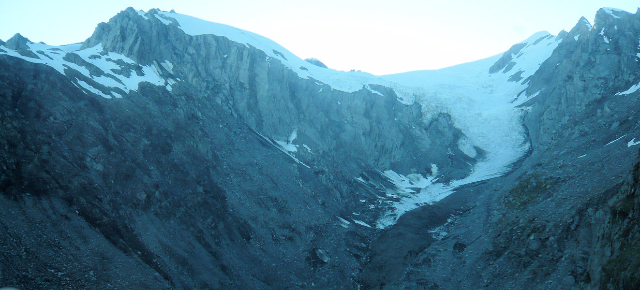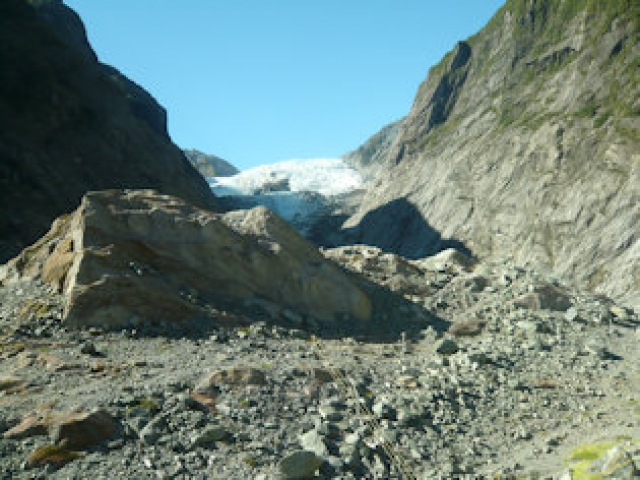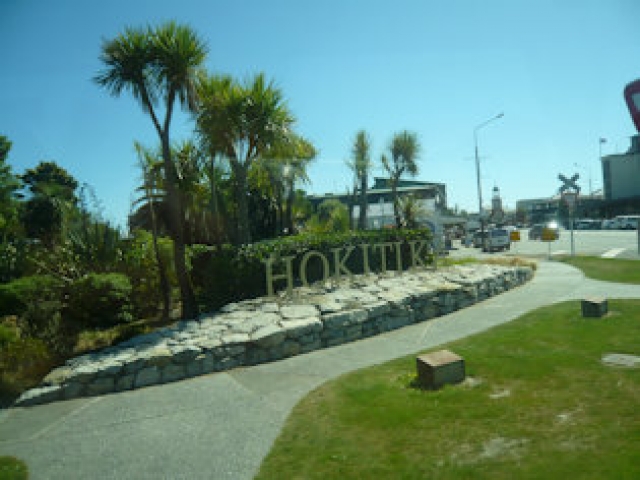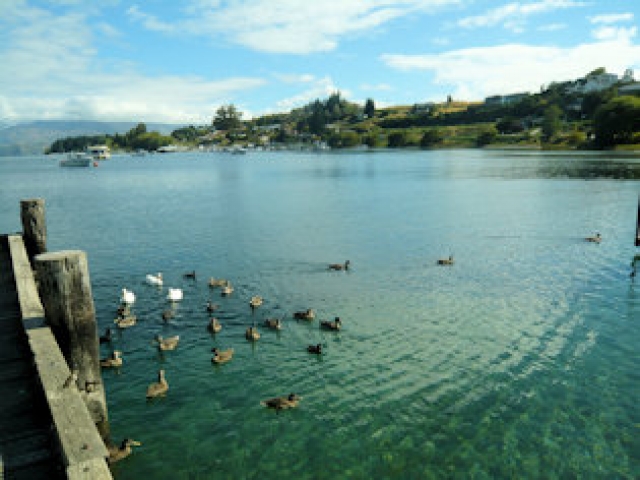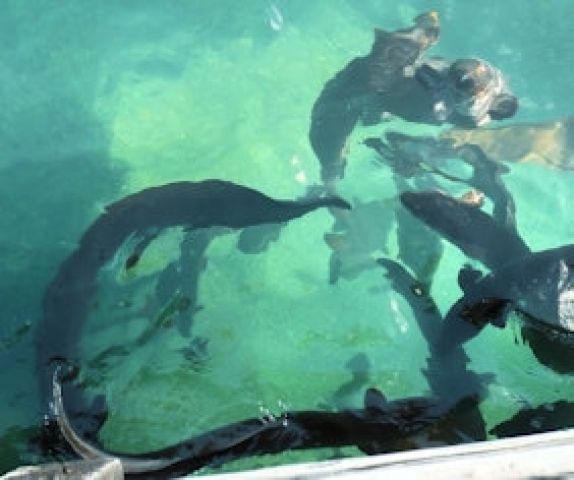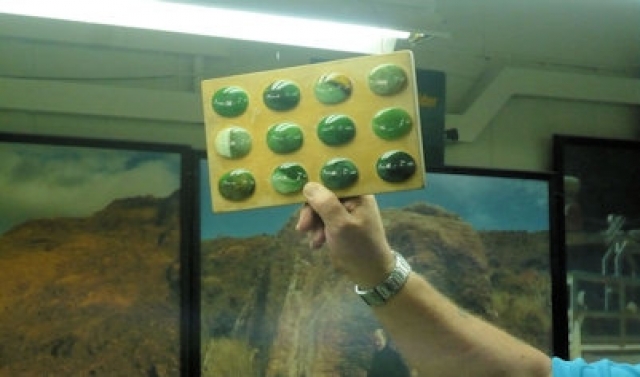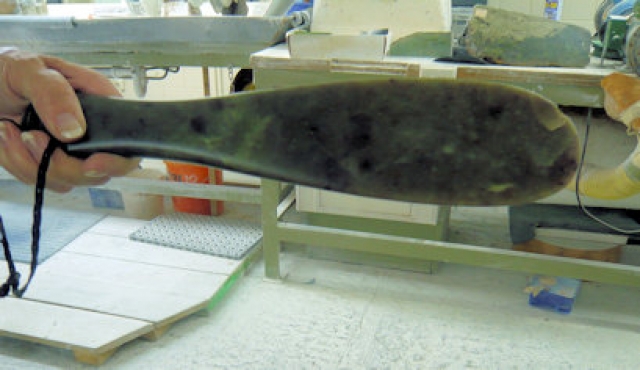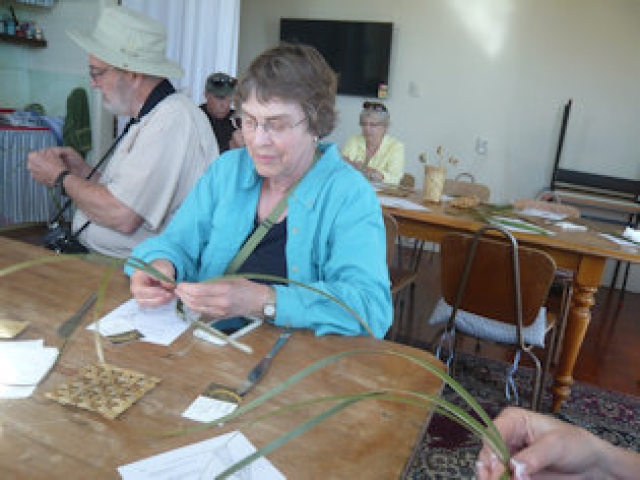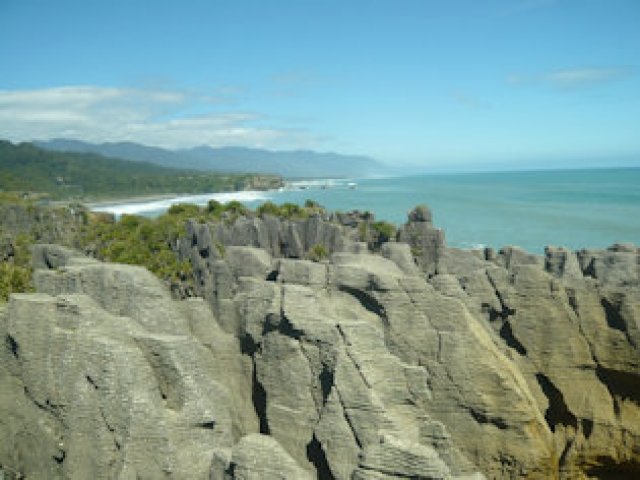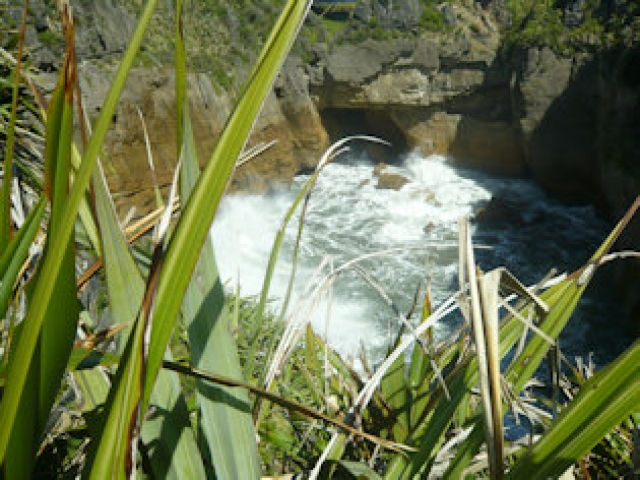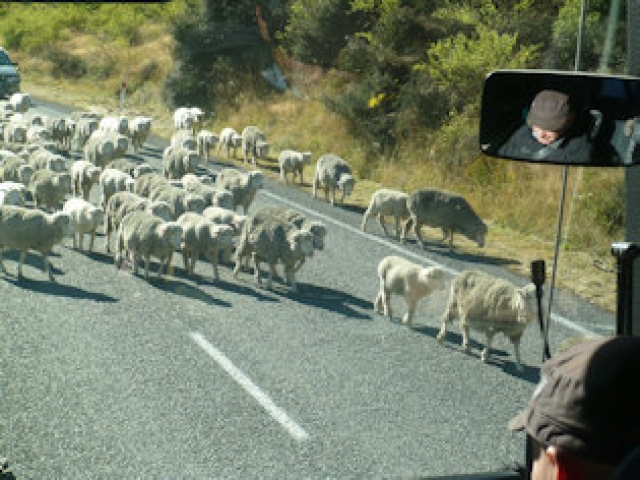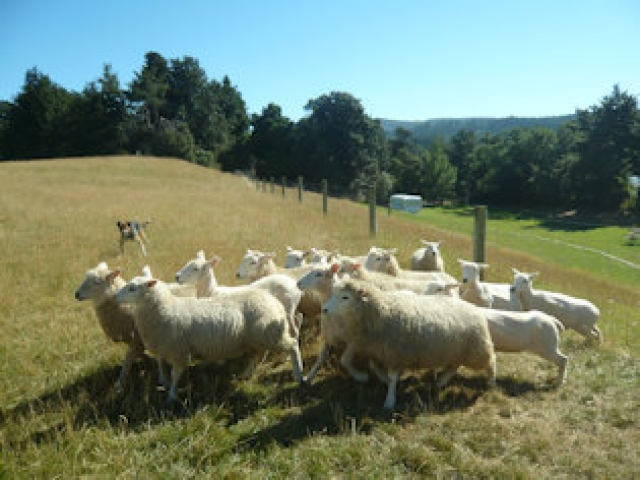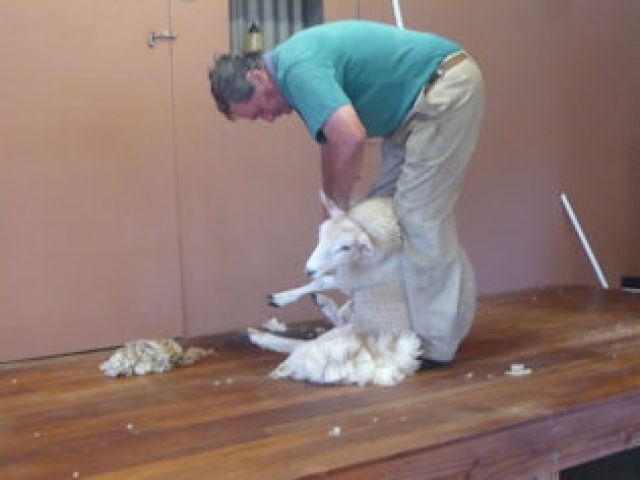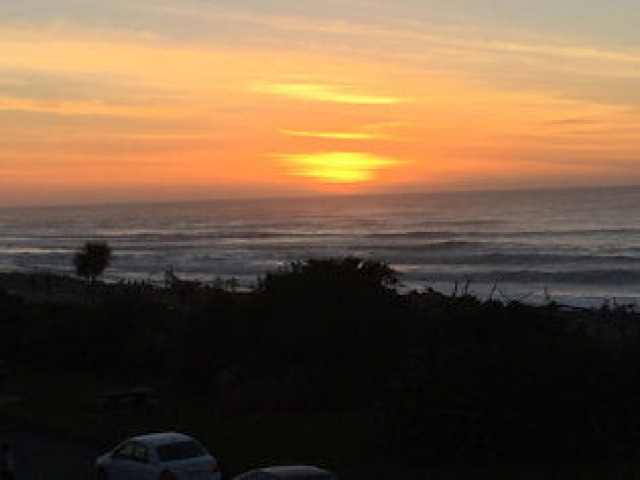New Zealand: South Island
A Wonderland of Natural Beauty
By: Zeren Earls - Jun 04, 2017
Following a most enjoyable exploration of the North Island, we extended our adventures to the South Island, famed for its natural beauty. From our home base in Rotorua, a 45-minute flight took us to Auckland, where we connected to fly to Queenstown on the South Island, reaching our destination two hours later. As we drove uphill to the Heritage Queenstown Hotel, the sparsely inhabited road underscored the fact that only one million people, just over a quarter of New Zealand’s population, live on the South Island, even though it is 30% larger than the North Island. The majority of the early European settlers were attracted to the South Island due to the Gold Rush in the 1860s, but now people come mostly to enjoy its mountains, lakes, and fjords.
Shortly after settling in at our mountainside hotel, we walked downhill alongside the shoreline of Lake Wakatipu into town. A majestic mountain range in the distance, named “the Remarkables,” enhanced the charm of the tranquil lake, which stretched away as far as the eye could see. A statue of Queenstown’s founder, William Gilbert Rees (1827-1898), with a sheep standing by him welcomed us to the town center. An explorer, Rees was the first European settler (1861), attracted to the open country broken by small hills and terraces by a large lake. Nearby his statue, people enjoyed the warm summer rays in the shade of giant willow trees, with some picnicking on the grass. After a stroll along the lake and through town, we had an early dinner at a local restaurant, returning to the hotel for a good rest before our long journey to Milford Sound the next day.
Early in the morning we set out on a four-hour bus trip for a cruise of Milford Sound, situated in the heart of Fiordland National Park. Driving on a scenic road, we passed through dense forests, stopping briefly by the shimmering Mirror Lakes to admire the natural wonders reflected in the waters. Passing through the 1.2-kilometer-long Homer Tunnel, drilled through pure rock, we reached the Cleddan Valley with its waterfalls rushing down the slopes. Then, from a bridge, we viewed the Chasm, sculpted by the current of Cleddan River, which features pothole shapes in the riverbed, finally arriving at the dock to board a cruise boat to Milford Sound.
The entrance gate to the dock framed the majestic Mitre Peak, which rises straight from the ocean floor at 1692 meters, whetting our appetite for a closer look at its perfectly shaped cone. Along with visitors from other countries, we boarded a small ship, which delivered a memorable afternoon as we cruised by towering cliffs, cascading waterfalls, and scenic fjords all the way to the point where Milford Sound, a UNESCO World Heritage Site with the distinction of being the wettest inhabited place in New Zealand, opens to the Tasman Sea. Enjoying a picnic lunch on board, we then returned to the dock for the bus trip back to the hotel.
On our third and last day in Queenstown, named after Queen Victoria, we had a free morning to explore the city on our own, which included standing in a long line at Ferg Burger for a taste of its famed prime New Zealand beef hamburgers, which come in 22 varieties. Then, meeting at the town’s Clock Tower, the entire group departed for an optional jet-boat tour of the Dart River.
Traveling overland along the shores of Lake Wakatipu, we arrived in Glenorchy, a frontier town at the base of the Southern Alps, where we boarded a coach for a journey through forests with snow-capped mountain backdrops, famous for their use in films. When the road came to an end, we followed a nature guide on foot through the forest, as he pointed out fallen tree trunks covered with moss acting as fertile ground for new beech trees. He also led us to a spot where a replica of a throne used as a prop in The Lord of the Rings had been installed. We enjoyed taking turns sitting in this exalted chair.
Upon arriving at the Dart River, we donned rain coats and life jackets and piled into the jet-boat waiting for us at the dock. As we wended our way within the valley, we headed upstream, at times over very shallow waters, enjoying spectacular views of our surroundings. The boat slowed down for us to see the Rock Burn Chasm, an impressive split through sheer rock at the bottom of the valley floor, which opens the way for the Rock Burn Stream to flow from the mountains above to the clear waters below. On the downriver journey, the driver showed off the New Zealand-designed jet-boat by spinning and turning the unique craft 360 degrees as we let out screams of joy!
After returning to Glenorchy, we rode back to Queenstown. Although we were on our own to explore and discover a local eatery for dinner, I opted to eat at the hotel, settling for the fish of the day and chocolate mousse, both of which were delicious.
The following morning we left for the West Coast of the South Island, driving overland to Fox Glacier and making several stops along the way. The Central Otago region is New Zealand’s fruit bowl; in the town of Cromwell, we stopped by Jones’s Fruit Stall, which was a feast for the eye with its displays of fresh and dried fruits such as apples, pears, peaches, grapes, kiwi and the like. In addition to meeting the needs of the North Island for fruit, the South Island is a major exporter of fruit to other countries and commands 25% of the world’s kiwi fruit market.
Next we visited a vineyard to learn about New Zealand’s famous wines. Pinot Noir grown in Central Otago is famed as the best in the world. Against a backdrop of mountains, we walked between rows of vines covered under white tulle to protect organically grown grapes. In the tasting room we sampled six kinds of wine, well deserving of their label marked “Aurum” (Latin for “gold”).
Turning north at Cromwell, we then followed a scenic road through Mount Aspiring National Park with cattle, deer, and sheep grazing amidst its many green hues, and arrived at the Haast Pass, the only way to reach the West Coast. Traveling along the longest single-lane bridge in New Zealand, we took the pass across the Southern Alps, distinguished by its 15 peaks and 72 named glaciers, to the craggy West Coast, arriving in the village of Fox Glacier for the night.
Early the following morning we left for an optional helicopter flight offering a bird’s-eye view of the Mount Cook region. After receiving safety instructions, we piled into a helicopter for what turned out to be a most exhilarating ride, despite the initial rain. We flew over the 10-km-long Franz Josef Glacier, which glistened under the rising sun as it snaked along below, and by snow-covered mountain tops affording spectacular close-up views. At the end of a 40-minute flight, we landed on a flat snow-covered area and walked through the valley to view the glacier up close from ground level, meanwhile learning about its geology and slow retreat. The viewing location was 750 meters from the glacier; rangers determine the distance daily to allow visitors as close a view as safely possible.
Afterward we made our way to Hokitika, a small farming town with a port that rose to prominence during the gold rush of the 1860s. Near its picturesque harbor is the popular National Kiwi Center, which is also home to 100-year-old eels in a spacious aquarium. We arrived during the animals’ feeding time, which is three times a day - at 10 am, 12 noon, and 3 pm. The eels are enormous and are easy to feed. The kiwi, which is New Zealand’s national bird, is harder to see and feed, as it is nocturnal. Related to the ostrich and emu, the kiwi has partly mammalian characteristics, such as a lower body temperature than other birds and marrow in its bones.
A visit to the Westland Greenstone shop introduced us to New Zealand jade. Found in the mountains near Hokitika, nephrite jade is called pounamu by the Maori, who use the hard stone in making tools, weapons, and items of adornment. The stone comes in many shades of green, ranging from very pale to dark and sometimes spotted. Though this was a good opportunity to buy jade jewelry, I instead purchased a pendant made of blue shell, which is also unique to New Zealand’s Westcoast.
The coastline of Hokitika is fertile ground for New Zealand flax, called harakeke by the Maori. Unique to New Zealand, the native plant has tall, green, sword-like leaves and is used in soaps, hand creams, shampoos and cosmetics, as well as in various crafts by weavers and fiber artists. We visited the Hokitika Craft Gallery, an art and craft cooperative where Anne Daniel, a fiber artist, introduced us to her woven flax wall art inspired by the surrounding landscape. Afterwards we walked over to the coast and watched Anne cut some harakeke leaves to teach us the koru style of weaving, which involves splitting the blade into even strips, scraping the dull side of each strip with the back of a knife, and crossing the strips one over another.
Lunch with regional specialties followed, introducing us to whitebait, a tiny fish found in the rivers of the West Coast. Whitebait patty is a delicacy made by folding the small fish into a batter of eggs, milk, and flour and then pan frying it until golden brown on both sides. An order consisted of two patties and was quite filling. Quickly consuming this hearty dish, we set out on a trek through Paparoa National Park, home to Pancake Rocks and blowholes. Sculpted by rain, wind, and sea water, the rock forms were shaped 30 million years ago from minute fragments of dead marine creatures and plants on the seabed, which was pushed upwards. The limestone landscape of stacked flat rocks, blowholes, and surge pools offers an engaging panorama.
Our last discovery on the West Coast was a visit to Tobey Hill, a sheep ranch in the Southern Alps. Our experience of rural life on a local farm began by watching a vigilant sheep dog keep its flock together in case one went astray. Then the farmer sheared one of the sheep, letting us feel its wool, which was softened and protected by lanolin wax secreted by the animal’s sebaceous glands. Thanks to the abundance of wool-bearing sheep, lanolin products and items made of wool are big business in New Zealand.
Returning east on our way to Christ Church, we stopped at another sheep farm, this time for a lunch of grilled lamb patties and beef sausages accompanied by a variety of salads and sweets. Thus satiated with a good dose of rural life, we settled back in our coach for the overland trip to Christ Church.
(To be continued)


